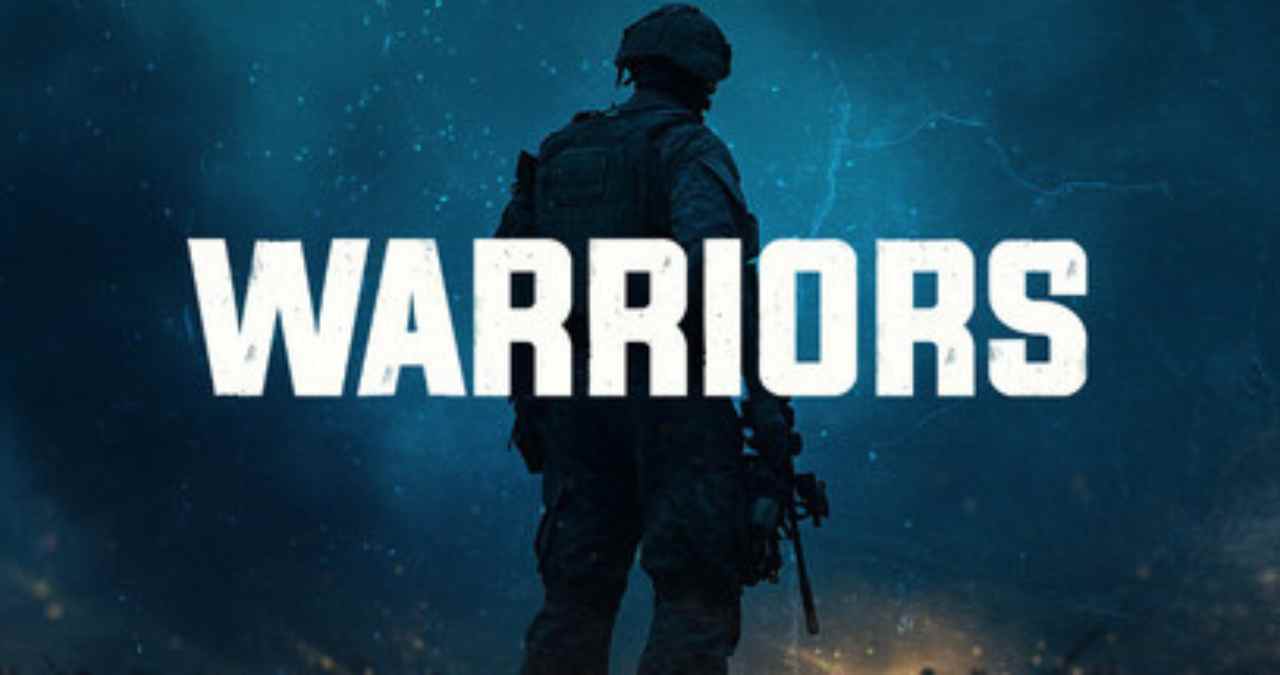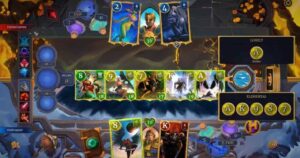Warriors is stepping into a familiar lane with a VR twist. It’s a 5v5 competitive shooter designed around tight maps, short rounds, and high-stakes weapon buys, but rebuilt from the ground up for immersive play. Set to launch on PC VR via Steam this Friday, it channels the structure of classic team shooters and anchors it in motion-controlled combat.
The concept isn’t new, but in VR it’s still rare. Most headset-based shooters lean into sandbox chaos or mil-sim pacing. Warriors instead looks toward the eSports arena model: fast starts, quick deaths, and economy-driven match flow.
Round-based format with classic shooter DNA
At its core, Warriors follows a Counter-Strike-inspired setup. Teams alternate between offense and defense. Rounds are short and decisive. Success means more cash for the next buy phase, while failure can leave your squad scrambling with pistols or SMGs.
The economy system is simple but effective. Players purchase weapons and gear before each round, with choices shaping momentum. Lose too many rounds early, and you’re forced into low-cost loadouts. Clutch a few wins, and suddenly you’re rolling in rifles and grenades.
This format keeps match pacing tight, with little downtime between action. And since it’s VR, physical positioning and movement play a bigger role than raw aim. Peek angles, throw grenades, and reload manually, everything demands more attention than mouse-and-keyboard equivalents.
VR interaction adds tactical weight
What separates Warriors from its flat-screen inspirations is the physicality. Throwing a flashbang isn’t a button press, it’s an underhand toss timed to a doorway. Reloading mid-fight isn’t automatic, it takes coordination. These aren’t gimmicks. They shift how you approach fights.
There’s also no radar or auto-ping system. Communication and sound cues are more critical than ever, especially when flanking or holding a site. The game encourages real team tactics, not just reflex aim.
Visually, it sticks to a clean, minimalistic look. Environments are designed for clarity and performance, not photorealism. Maps appear tight and functional, with corners and cover that favor smart movement over flashy verticality.
A rare example of structured VR competition
VR shooters exist, but few follow this format. Most offer loose battle royale setups, large-scale military sims, or casual sandbox firefights. Warriors instead brings the kind of round-based structure seen in traditional FPS eSports, with the added complexity of motion input.
It’s not trying to simulate a real battlefield or reinvent mechanics. It’s focused on delivering short, repeatable competitive matches with strategic flow. That focus could resonate with players looking for depth beyond run-and-gun or wave shooters.
Warriors isn’t chasing spectacle. It’s chasing balance and replayability, two things VR shooters still struggle to nail. If the launch goes smoothly and the netcode holds up, it might carve out a niche for headset users who want competitive rhythm without dropping into open-world chaos.
Virtual Reality Explorer & Game Reviewer
Always the first to plug in. VRSCOUT dives head-first into the most immersive VR worlds, analyzing mechanics, comfort, innovation, and that elusive “presence” factor. If he says it’s worth it, it probably is.




